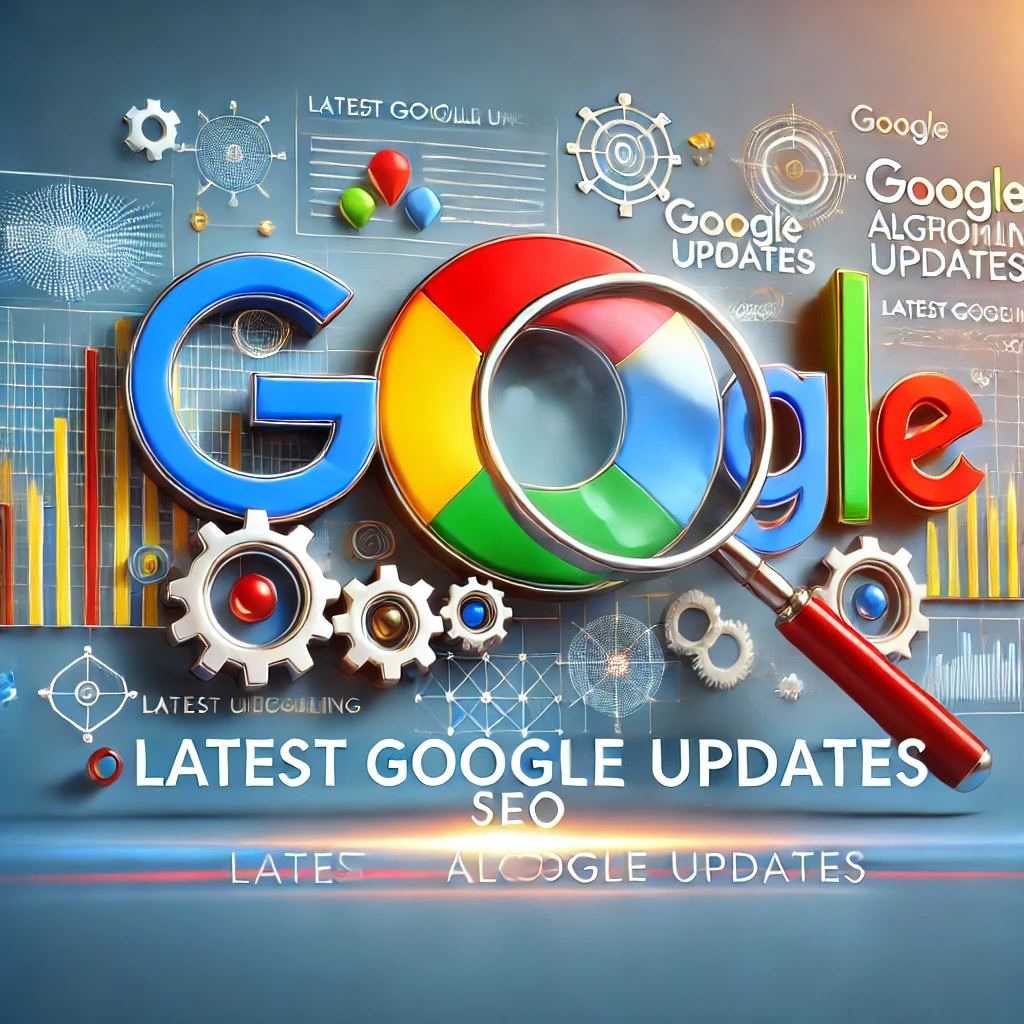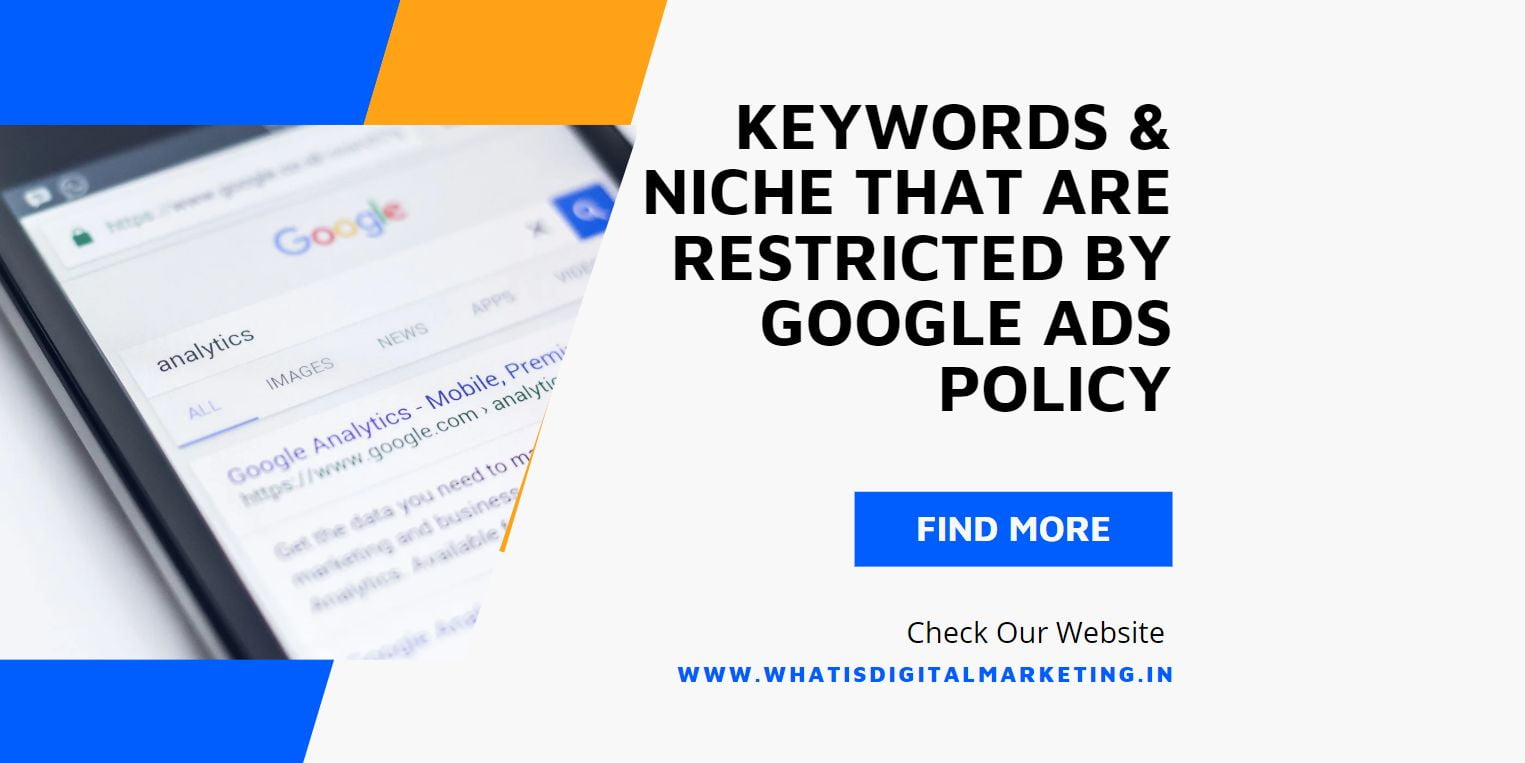Google Page Experience Update
From May 2021, Google announced that page experience signals would be included in Google Search ranking. The following image is showing what it will check in a website or webpage.

Different signals will be checked to understand the user’s experience with a web page. It will ensure searchers get the best content and enjoy the Google search experience. Users are increasingly engaging with Page Speed insights and Lighthouse data and search console’s Core Web Vitals are also checked more due to the same impact. As website owners try to know and the improvement on the user experience difficulties, it will become more challenging to satisfy google in coming days.
Page Experience signals will combine the Core Web Vitals. This will work alongside Google’s current algorithm and updates relating to other vital changes. This update will focus on mobile friendliness, browsing safe and reduce any impact to user’s search and web page view experience. Although pop-ups will now impact the site’s search ranking, but GDPR pop-ups will not impact the site.
The page experience updates include Google Search signals such as mobile-friendliness, safe browsing, https and
Page experience includes all aspects of how users interact with a web page and how good or painful it is for them. (In your case, we hope it isn’t the latter!)
This includes existing Google Search signals: mobile-friendliness, safe-browsing, HTTPS, and removing intrusive interstitial items such as:
What are intrusive interstitial?
- Pop-ups that cover the content while navigating through the page.
- Stand-alone interstitial or pop up which needs to be closed before content can be seen is a major blocking element.
- For web pages, top section embedded with floating or stand alone pop up is a major obstacle for users.
Few more things that will integrate are separated in following parts:
LCP – Largest Contentful Paint – This is a metric made to measure the web page loading time for independent elements of a page. This metric analyses the area or section of the page that loads for the user not the full page, so this is considered for the first section of the page where you need to keep less images or any blocking elements.
FID – First Input Delay – This metric measure the time a webpage URL is clicked, and it opens completely in the browser. The path to visit a page can be clicking on a link, tap on a button, using any custom source of code or using JavaScript-based source.
CLS – Cumulative Layout Shift – Cumulative Layout Shift (CLS) is an important, user-centric metric for measuring visual stability because it helps quantify how often users experience unexpected layout shifts—a low CLS helps ensure that the page is delightful.

How will Google use AMP Technology with the Page Experience Update?
Now, non-AMP content will also be able to appear in the mobile top stories feature of google search. To get a presence, in Google News any content that meets the news content policies will get priority listing in Google News. AMP or any other technology will no longer be a compulsory guideline for getting listed. Test AMP Page experience here https://amp.dev/page-experience/
Visual indicators will be checked that impact highlighting features in search results to better the search presence. This will be a new way to highlight Great Experienced in Google Search. Visual indicators will visually show if a page is meeting all google guidelines or not, this is expected to launch in May 2021.
To prepare for the massive changes, google have released many tools inside search console for Core Web Vitals, page speed insights and lighthouse for resolving issues not checked till now. These are available at https://web.dev/vitals-tools/.
AMP is one of the most effective and mobile-friendly way to take content to the mobile users. AMP pages have great page experience as analysed by AMP team. Google support AMP content and will link them to the cache-optimized AMP version to further optimize for the faster delivery of the pages.
How can you check the update’s impact?
In the Google Search Console, check the following:













